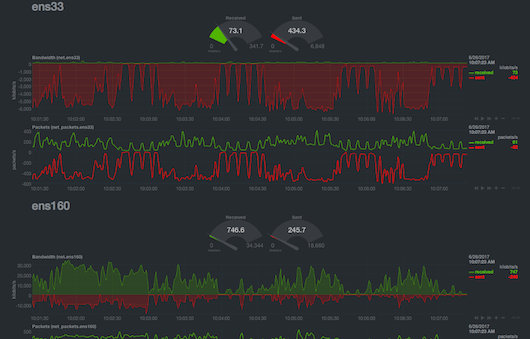well another server update and yet another dickdance to fix issues
I noticed that while my server was green for internet access, the identified networks was WRONG
I have my plex server running in esxi and the plex server vm has 2 network adapters
adapter 1 is my standard network 192.xxx for internet etc and the other is a virtual network on 10.55 for internal to the server NFS data sharing and has NO routing, connectiviity to ANYTHING outside the esxi host…
yet plex was showing that it was bound to the internal network and had external access which was confirmed working…
HOW THE HELL is plex bridging from a private non routed subnet to the internet…
it was tenacious and would not let that interface ens160 go… en33 is the standard interface and the one it should use…
I had to do a dickdance that was not used in a while…
I had to down the ens160…
log out of plex on plex.tv
log out of plex on the host server
log into plex.tv and delete my server device entry
then log back into everything…
after a couple cycles of this … with ens160 down… it would finally grap ens33 and get a standard address
dont know how long this is going to hold or if it is even going to survive a reboot…
this is unacceptable from many standpoints
I view not being able to control and force plex to use a specific network configuration to be both an annoyance and a major security issue…
it should never be able to bridge my networks without my express permission which I obviously didnt give it
You guys want to weigh in on this…



